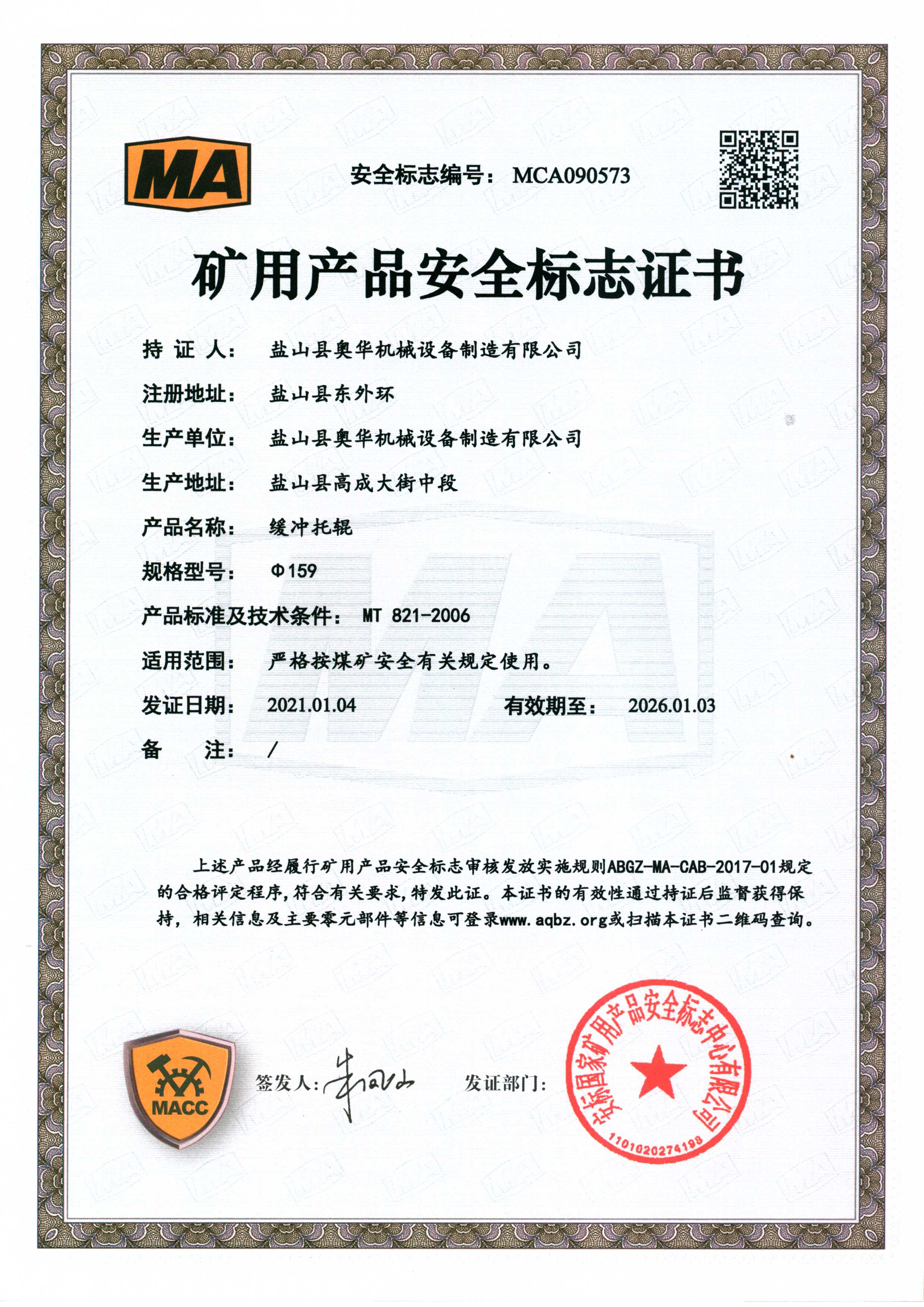 Afrikaans
Afrikaans  Albanian
Albanian  Amharic
Amharic  Arabic
Arabic  Armenian
Armenian  Azerbaijani
Azerbaijani  Basque
Basque  Belarusian
Belarusian  Bengali
Bengali  Bosnian
Bosnian  Bulgarian
Bulgarian  Catalan
Catalan  Cebuano
Cebuano  Corsican
Corsican  Croatian
Croatian  Czech
Czech  Danish
Danish  Dutch
Dutch  English
English  Esperanto
Esperanto  Estonian
Estonian  Finnish
Finnish  French
French  Frisian
Frisian  Galician
Galician  Georgian
Georgian  German
German  Greek
Greek  Gujarati
Gujarati  Haitian Creole
Haitian Creole  hausa
hausa  hawaiian
hawaiian  Hebrew
Hebrew  Hindi
Hindi  Miao
Miao  Hungarian
Hungarian  Icelandic
Icelandic  igbo
igbo  Indonesian
Indonesian  irish
irish  Italian
Italian  Japanese
Japanese  Javanese
Javanese  Kannada
Kannada  kazakh
kazakh  Khmer
Khmer  Rwandese
Rwandese  Korean
Korean  Kurdish
Kurdish  Kyrgyz
Kyrgyz  Lao
Lao  Latin
Latin  Latvian
Latvian  Lithuanian
Lithuanian  Luxembourgish
Luxembourgish  Macedonian
Macedonian  Malgashi
Malgashi  Malay
Malay  Malayalam
Malayalam  Maltese
Maltese  Maori
Maori  Marathi
Marathi  Mongolian
Mongolian  Myanmar
Myanmar  Nepali
Nepali  Norwegian
Norwegian  Norwegian
Norwegian  Occitan
Occitan  Pashto
Pashto  Persian
Persian  Polish
Polish  Portuguese
Portuguese  Punjabi
Punjabi  Romanian
Romanian  Russian
Russian  Samoan
Samoan  Scottish Gaelic
Scottish Gaelic  Serbian
Serbian  Sesotho
Sesotho  Shona
Shona  Sindhi
Sindhi  Sinhala
Sinhala  Slovak
Slovak  Slovenian
Slovenian  Somali
Somali  Spanish
Spanish  Sundanese
Sundanese  Swahili
Swahili  Swedish
Swedish  Tagalog
Tagalog  Tajik
Tajik  Tamil
Tamil  Tatar
Tatar  Telugu
Telugu  Thai
Thai  Turkish
Turkish  Turkmen
Turkmen  Ukrainian
Ukrainian  Urdu
Urdu  Uighur
Uighur  Uzbek
Uzbek  Vietnamese
Vietnamese  Welsh
Welsh  Bantu
Bantu  Yiddish
Yiddish  Yoruba
Yoruba  Zulu
Zulu Optimizing Conveyor System with Efficient Return Idler Solutions for Enhanced Performance
Understanding Conveyor Return Idlers Key Components of Material Handling Systems
In the realm of material handling, the efficiency and reliability of conveyor systems are paramount. One of the unsung heroes of these systems is the conveyor return idler. While they may not always be visible in the operation of a conveyor, their role is crucial in ensuring the smooth transport of materials.
What are Conveyor Return Idlers?
Conveyor return idlers are components that support the return side of a conveyor belt as it travels back to the head pulley after delivering materials. These idlers are generally situated beneath the belt and play a critical role in maintaining proper belt alignment and tension. Their primary function is to provide a stable surface for the belt to rest on as it returns, preventing sagging and undue wear.
Types of Conveyor Return Idlers
There are several types of conveyor return idlers, each serving specific purposes based on the application and environment they operate in
1. Flat Return Idlers These are the most basic type of idlers, consisting of a cylindrical roller that supports the belt. They are commonly used in various industries but are most effective in environments where debris and material spills are minimal.
2. Rubber Coated Return Idlers Designed to reduce friction and wear, these idlers feature a rubber coating that provides additional grip. They are ideal for applications involving heavy materials or high speeds, where conventional idlers might struggle.
3. Retractable Return Idlers These are designed to accommodate maintenance needs easily. Retractable idlers can be adjusted up or down, allowing for quick access to the belt for repairs or inspections, which minimizes downtime.
conveyor return idlers

4. Impact Return Idlers These idlers are specifically engineered to absorb shocks and impact forces that can occur during the return of the conveyor belt, particularly in heavy-duty applications, ensuring longevity and consistent performance.
Importance of Conveyor Return Idlers
The importance of return idlers cannot be overstated. They contribute to the overall performance and longevity of the conveyor belt system. By maintaining proper alignment, return idlers help prevent belt misalignment which can lead to costly damages and increased maintenance needs. Furthermore, they assist in minimizing wear and tear on the belt, thereby extending its operational life and reducing replacement costs.
Additionally, return idlers play a significant role in material handling safety. A well-maintained idler assembly helps avoid potential hazards related to belt slippage or misalignment, which can cause materials to spill or machinery to malfunction.
Maintenance Considerations
Regular maintenance of conveyor return idlers is essential for optimal performance. Operators should routinely check for signs of wear, misalignment, and proper lubrication. Cleaning debris and ensuring that the return idlers roll freely are crucial steps in preventing unnecessary strain on the conveyor system.
Incorporating an effective maintenance schedule not only increases the operational efficiency of the conveyor system but also enhances safety and productivity throughout the material handling process.
Conclusion
In summary, conveyor return idlers are integral components of conveyor systems, facilitating the smooth transition of materials while ensuring the integrity of the belt. Their variety in design caters to different operational needs, making them adaptable to various environments. By understanding and maintaining these components, businesses can enhance the efficiency of their material handling systems, ultimately contributing to a more productive and safe workplace. Recognizing the importance of every component, no matter how small, is key to achieving optimal outcomes in industrial operations.
-
Revolutionizing Conveyor Reliability with Advanced Rubber Lagging PulleysNewsJul.22,2025
-
Powering Precision and Durability with Expert Manufacturers of Conveyor ComponentsNewsJul.22,2025
-
Optimizing Conveyor Systems with Advanced Conveyor AccessoriesNewsJul.22,2025
-
Maximize Conveyor Efficiency with Quality Conveyor Idler PulleysNewsJul.22,2025
-
Future-Proof Your Conveyor System with High-Performance Polyurethane RollerNewsJul.22,2025
-
Driving Efficiency Forward with Quality Idlers and RollersNewsJul.22,2025





























